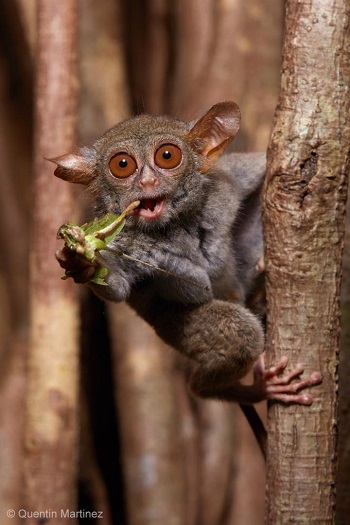Podcast: Play in new window

BOB HIRSHON (host):
Our insectivorous past. I’m Bob Hirshon and this is Science Update.
Our ancient ancestors probably ate insects, according to Christopher Emerling of UC, Berkeley and CNRS in France. He says these small furry creatures lived during the time of the dinosaurs 66 million years ago. They had five genes responsible for making chitinase, an enzyme that breaks down the hard exoskeletons of insects. But his team reports in Science Advances that while we still have four of these genes, only one is still functional.
CHRIS EMERLING (UC Berkeley and CNRS):
We think these are remnants of our past as insectivores and they are now in your own genome. You’re walking around with this molecular signal that says “once upon a time you were not at the top of the food chain”.
HIRSHON:
Emerling says among mammals, only modern insectivores like armadillos and anteaters still have all five functional chitinase genes. I’m Bob Hirshon, for AAAS, the science society.
Story by Susanne Bard
